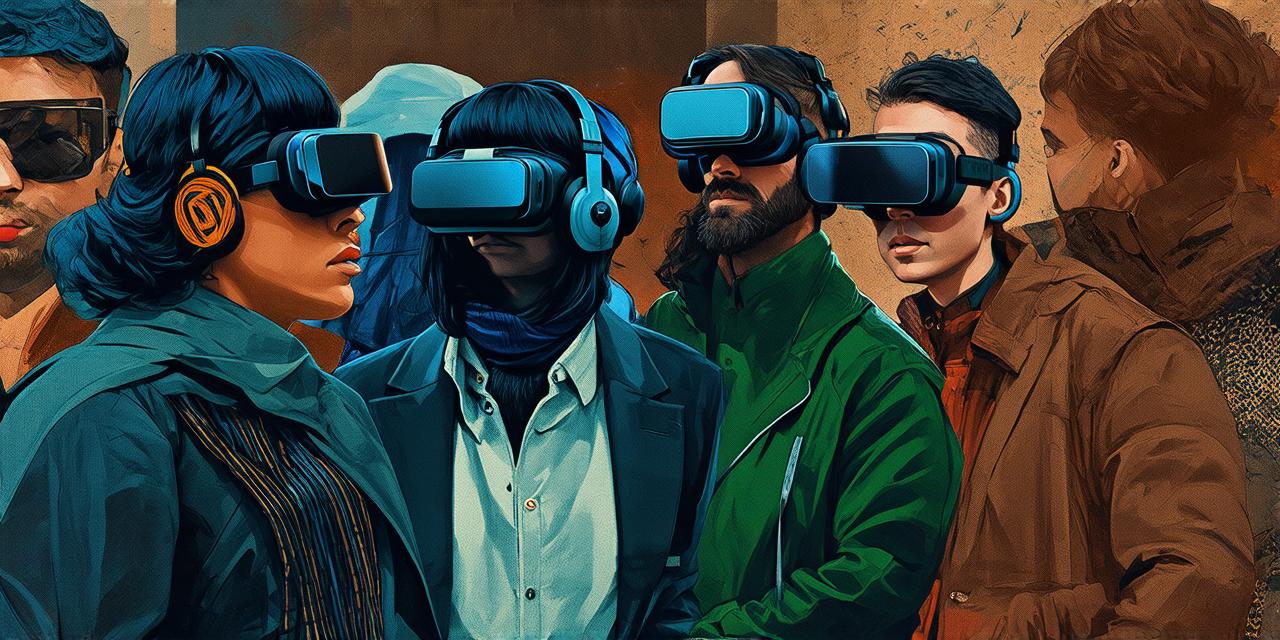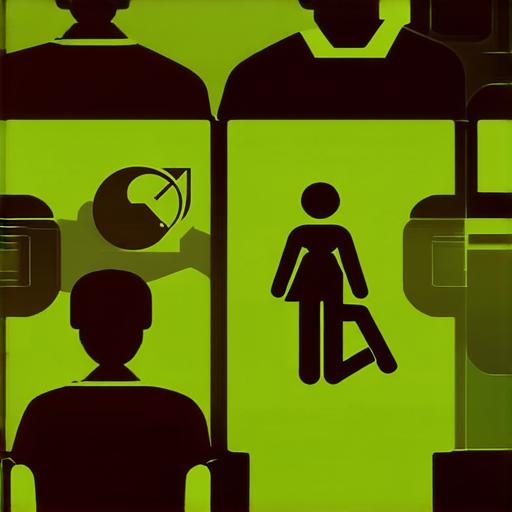
How does virtual reality contribute to creating a more inclusive work environment?
Virtual reality (VR) is a rapidly growing technology that has the potential to revolutionize the way we work and interact with one another.
One of the ways in which VR can contribute to creating a more inclusive work environment is by allowing people to connect and collaborate in a virtual space, regardless of physical distance or location.
1. Virtual meetings and conferences
One of the most obvious benefits of VR is its ability to facilitate virtual meetings and conferences. This allows people from different locations to come together and collaborate in real time, without the need for travel or other logistical challenges.
For example, a company with employees located in different parts of the world could use VR technology to hold regular virtual team meetings. These meetings could be held in a virtual conference room that mimics a physical meeting space, complete with chairs, tables, and other amenities. This would allow all participants to feel like they are in the same room, even if they are located thousands of miles apart.
2. Virtual training and onboarding
Another way in which VR can be used to create a more inclusive work environment is by providing virtual training and onboarding experiences. This allows new employees to get up to speed quickly, without the need for extensive travel or time off work.
For example, a company could use VR technology to provide new hires with a virtual tour of their workplace, complete with an introduction to key team members and a walkthrough of important systems and processes. This would allow new employees to feel like they are already part of the team, even before they have officially started working.
3. Virtual team building and social events

Virtual reality can also be used to facilitate team building and social events. For example, a company could use VR technology to organize a virtual team-building activity, such as a virtual escape room or a virtual game night. This would allow employees to bond and have fun together, without the need for in-person interactions.
Additionally, companies could use VR technology to host virtual social events, such as virtual happy hours or virtual movie nights. These events would provide employees with an opportunity to connect and socialize with one another, even if they are located in different parts of the world.
4. Virtual accessibility
Virtual reality can also be used to create a more inclusive work environment by providing virtual accessibility features. For example, companies could use VR technology to create virtual environments that are designed to be accessible to people with disabilities.
For instance, a company could create a virtual office space that is fully wheelchair accessible, complete with ramps, elevators, and other features that make it easy for people with mobility impairments to navigate. This would allow all employees to feel like they are part of the team, regardless of their physical abilities.
Conclusion
In conclusion, virtual reality has the potential to contribute significantly to creating a more inclusive work environment. By allowing people to connect and collaborate in a virtual space, VR technology can help to break down barriers and create a more welcoming and diverse workplace. Whether it’s through virtual meetings, training, team building, or accessibility features, there are many ways in which VR can be used to make work more inclusive and enjoyable for everyone.


